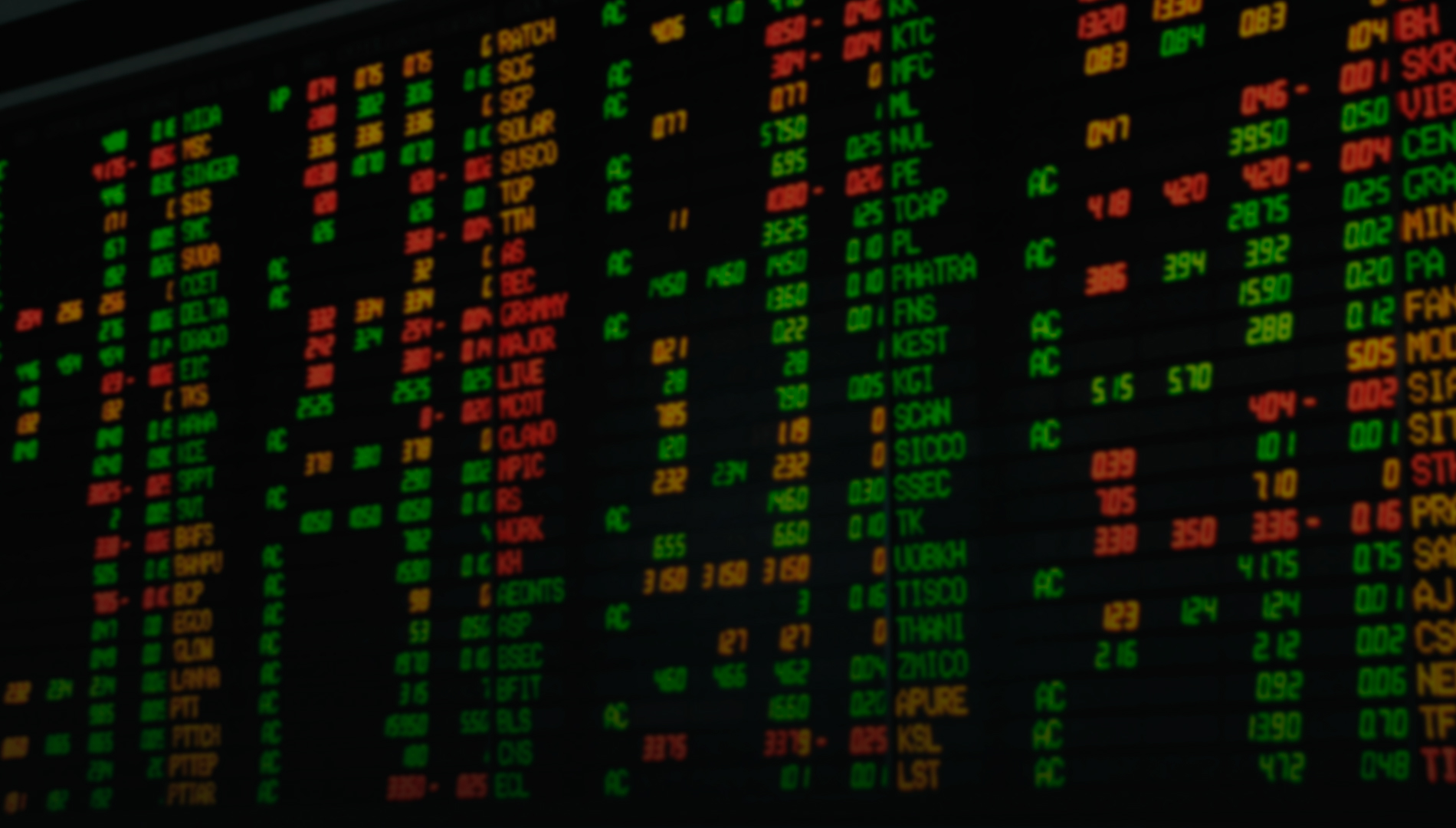
Feb 13, 2023
• The bond market finally realises the Fed might be right
• Money market now prices rates above 5% and a slow decline
• Bond yields up sharply and 10 year likely headed for 3.90%
• Equity rally stalls and further mixed trading very likely
• Only Asian equites and preferred bonds on our buying list
It did take a while, but the market’s head has finally been turned by the stronger-than-expected US economic data and the Fed persisting with its stance that rates will go up even further and stay there for longer than has long been anticipated.The talks of an imminent recession have abated, too.
As we suggested last week, the sheer scale of the surprise brought about by the strong US jobs growth data and the vibrancy of the services sector had to finally manifest themselves in how the market perceived the future direction of US policy rates. For some months, the bond market preferred to price the Fed funds rate peaking somewhere near 5% and the Fed then cutting the rates through much of the second half of the year. The equity market rallied, somewhat piggybacking the bond market’s view that the Fed would stay true to its legacy of always cutting interest rates on the first sign of any economic weakness. However, as much as the Wall Street discussed the prospects of a recession in 2023, the reality, on the contrary, is economic vibrancy.
The buoyant economic data has prompted a strategy shift on part of some institutional investors and led to greater volatility in the bond markets. As Chart 1 shows, the recent five-day change in the 10-year bond yield has had a positive bias. In the past ten trading days, yields have moved up to 3.70% from 3.40%, with a further upward move to 3.90% on the cards in the coming days. Talks also abound on the Street of some investors betting that US rates will move to 6% before the Fed feels its job of controlling inflation is done.
Chart 1: Trend in five-day change in US 10-year bond yield

Source: Bloomberg,
Meanwhile, the market, in a bit of a shift, is now pricing the Fed funds rate to peak beyond 5% and then gradually decline – but at a rather slow pace (Chart 2). Clearly, the market no longer sees merit in its earlier assumption that rates would comfortably retreat by the year’s second half. While the market previously expected a slowdown in the US economy this year, that is not yet evident and, consequently, an early cut in rates is not something that the market is pricing in currently.
Chart 2: The implied level of future US policy rates

Source: Bloomberg,
The past 30 years have shown that the Fed is only prepared to cut rates amid a financial meltdown. Rates peaked when the financial markets witnessed major correction during 2000, late 2007, and in early 2020 when COVID hit. However, if markets don’t correct first before there is a significant setback in economic growth, there is no clearly discernible evidence from the past 30 years of when the Fed will be prompted to cut rates. Remember that when the Fed cut policy rates in 2000, 2007, and 2020, the prevailing inflationary conditions were turning into deflationary or near deflationary conditions. Today we are a long way from such a scenario.
Chart 3: Financial crises have typically prompted Fed to cut on fears of deflation

Source: Bloomberg,
During the past few months, the financial markets were still working off the past 30 years’ oft-repeated script. Trouble, whether in the markets or in the economy, brought an immediate easing off the brake pedal by the Fed. However, the past few weeks have seen a reassessment of those views. The more the markets believe that the Fed’s actions of the past are not the template for today (or the future), the more the market participants will have to discount weak growth and trouble for financial assets. It is also worth observing that US monetary conditions have already eased with lower real rates (as inflation has fallen back) and the dollar’s lower value.
Today’s economic conditions are quite different from the past thirty years. Therefore, there needs to be a more sceptical read-through of the Fed’s past actions in similar macro and market conditions. As was evident last year, even a significant setback in financial markets will not necessarily prompt a substantial drop in inflation, let alone result in a severe risk of deflation.
In our view economic weakness will not bring the same helpful Fed rate cuts we saw in days of old. Bonds are slowly waking up to the potential of a very different reaction function from the Fed. Equities will likely be next. However this is a slow burn of realisation by investors hence downside risk in both bonds and equities is likely to come in fits and starts. We could end up with a drip feed of weak markets rather than some remarkable slump.
We reiterate our preference for markets that offer value and a catalyst for better than average performance. Asian equities remain attractive. In bond land emerging market debt and preferred debt are our choice sub asset classes.